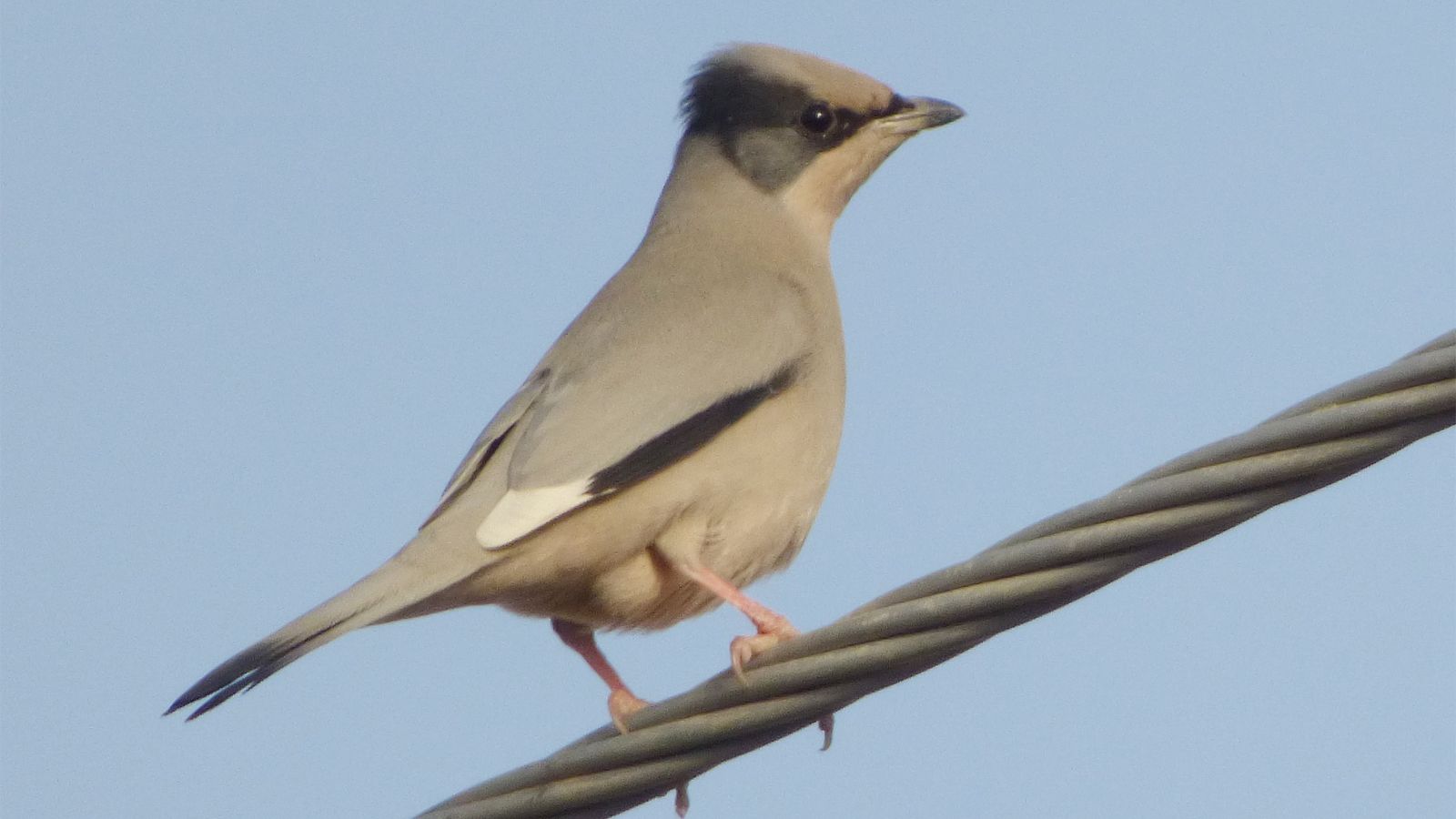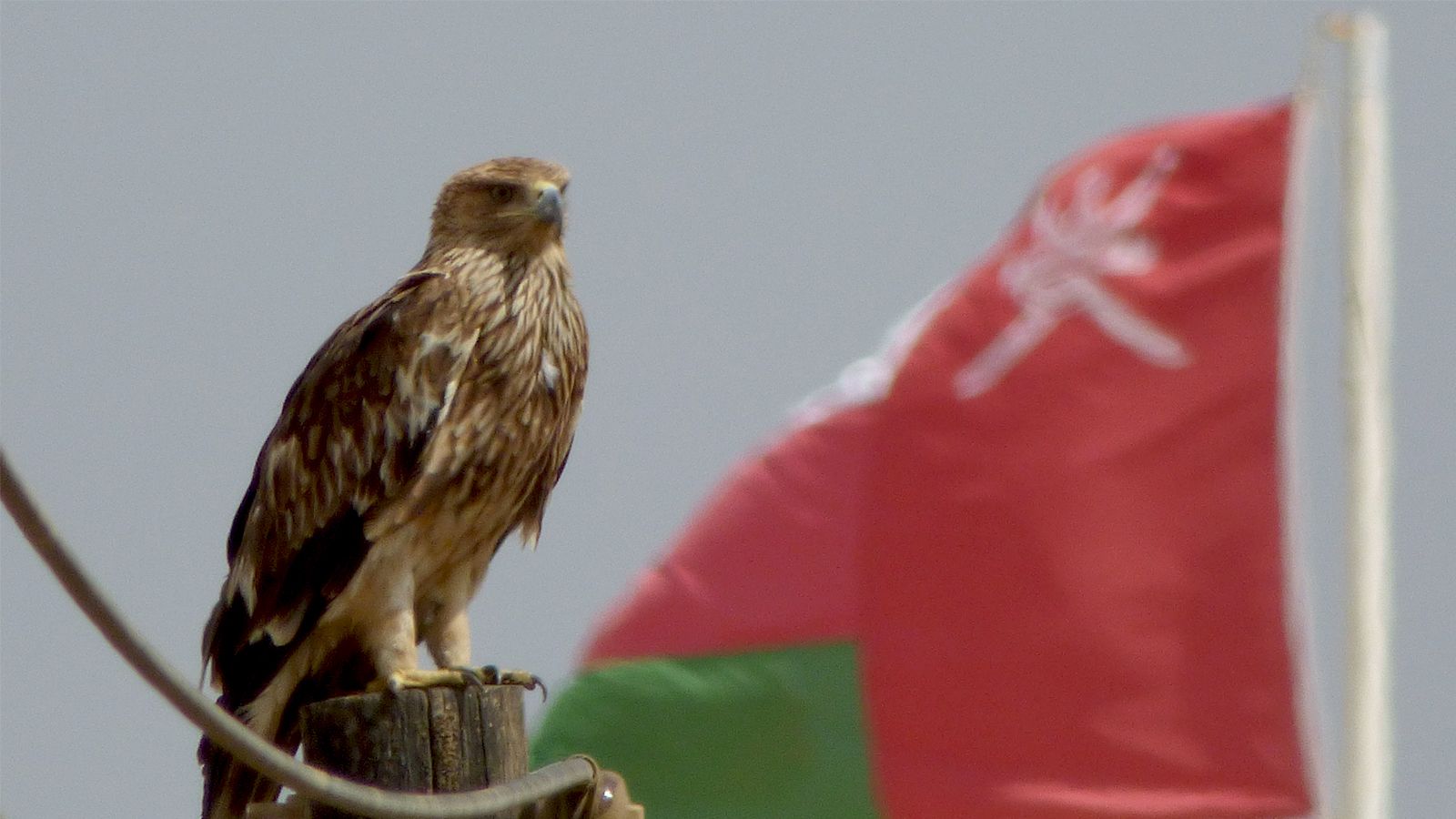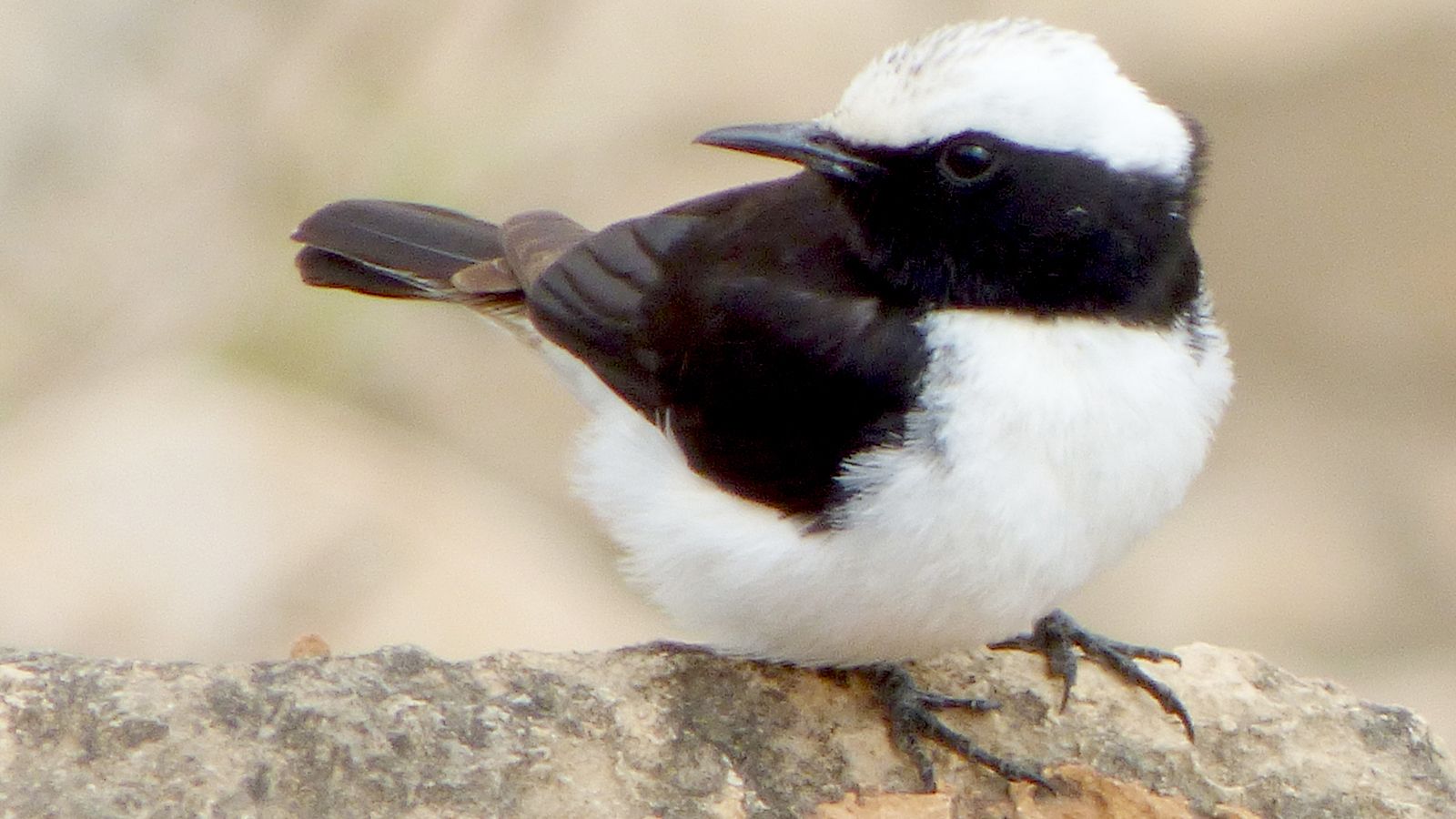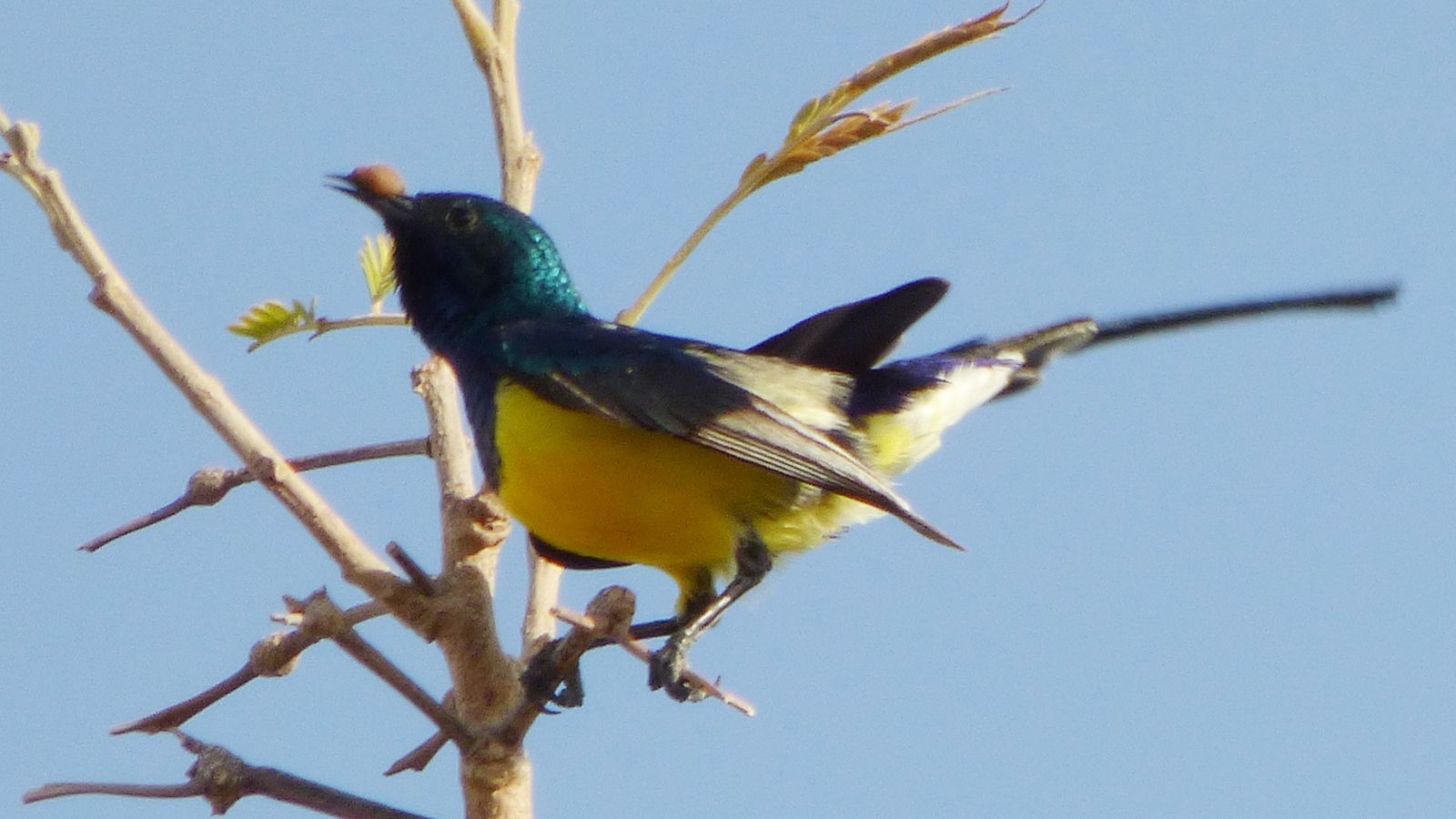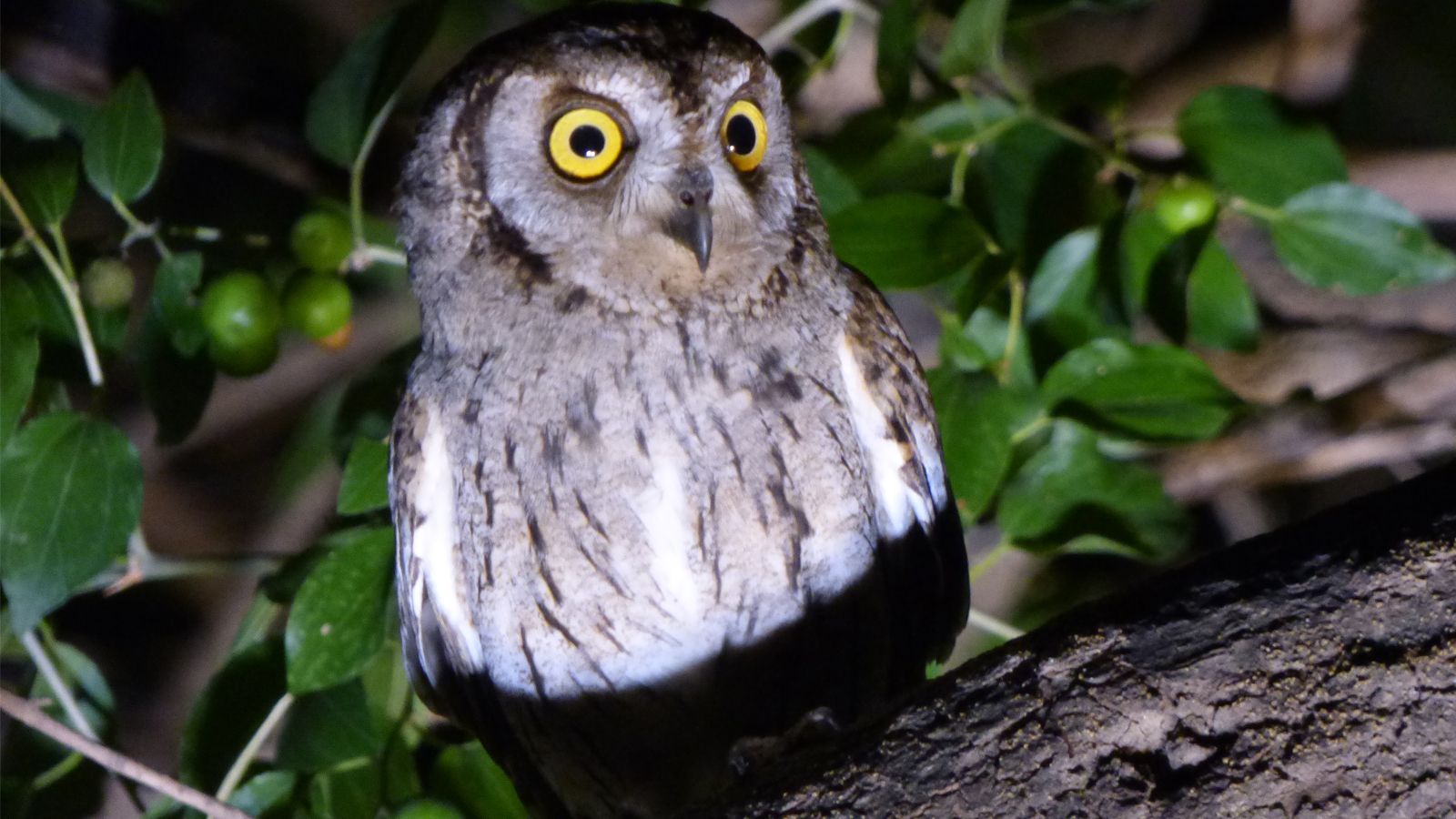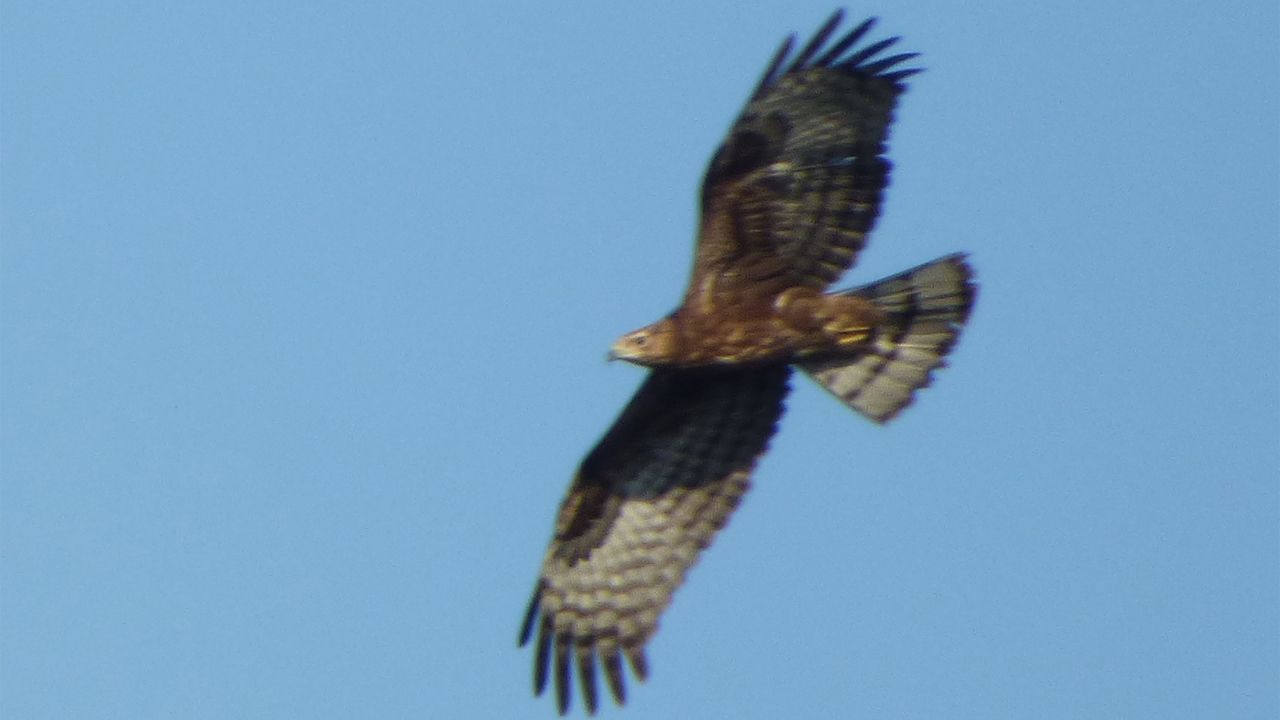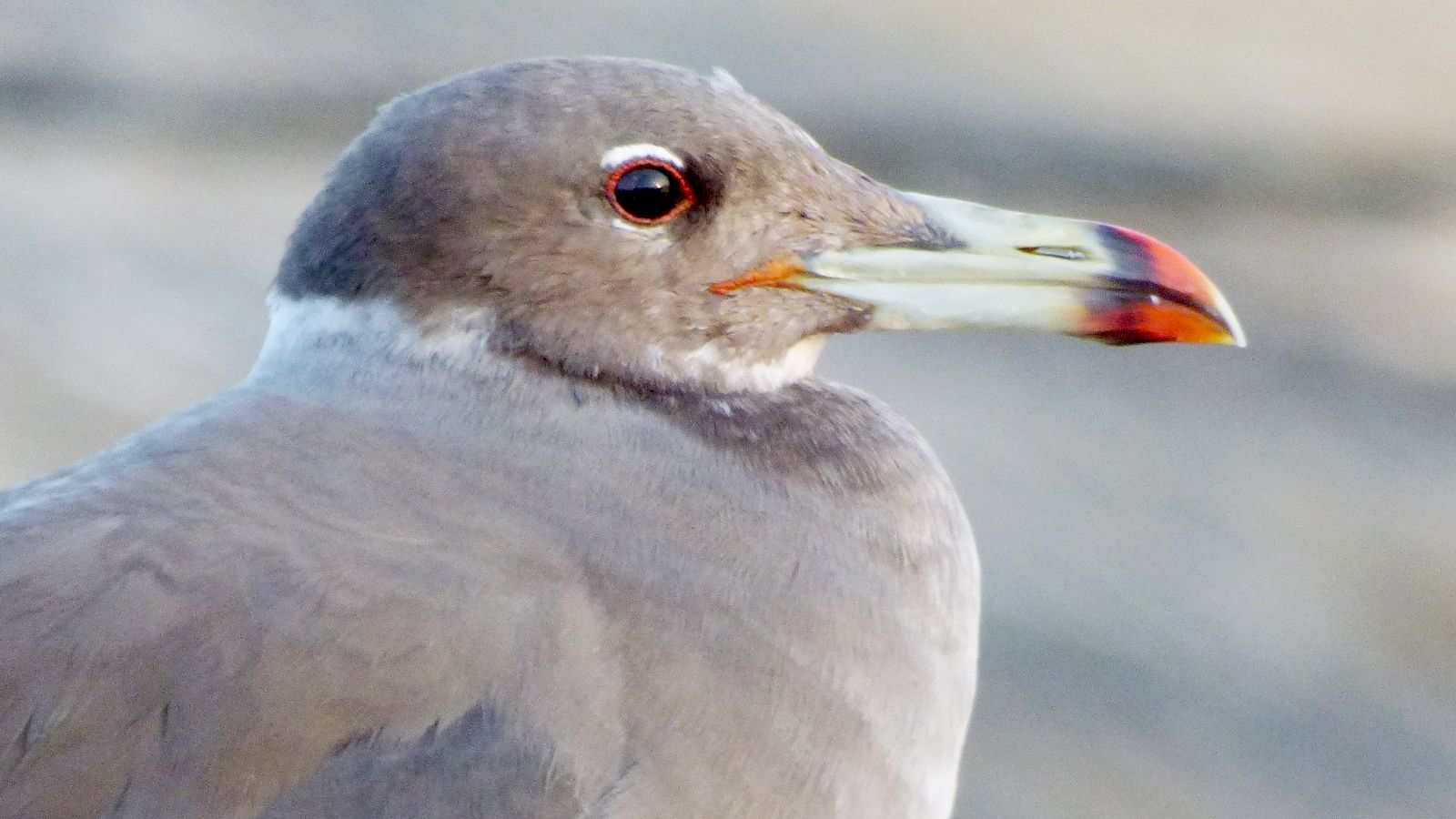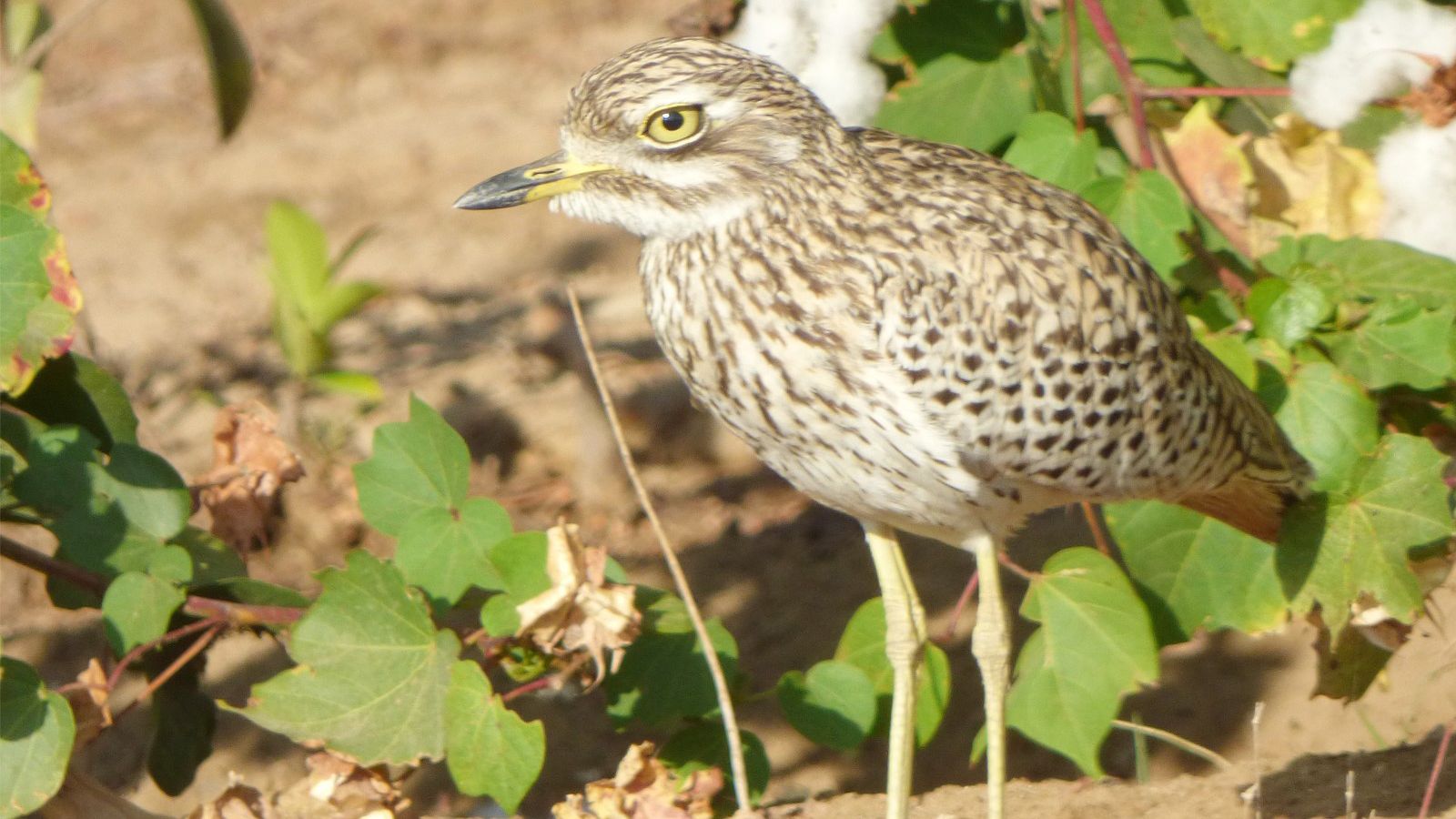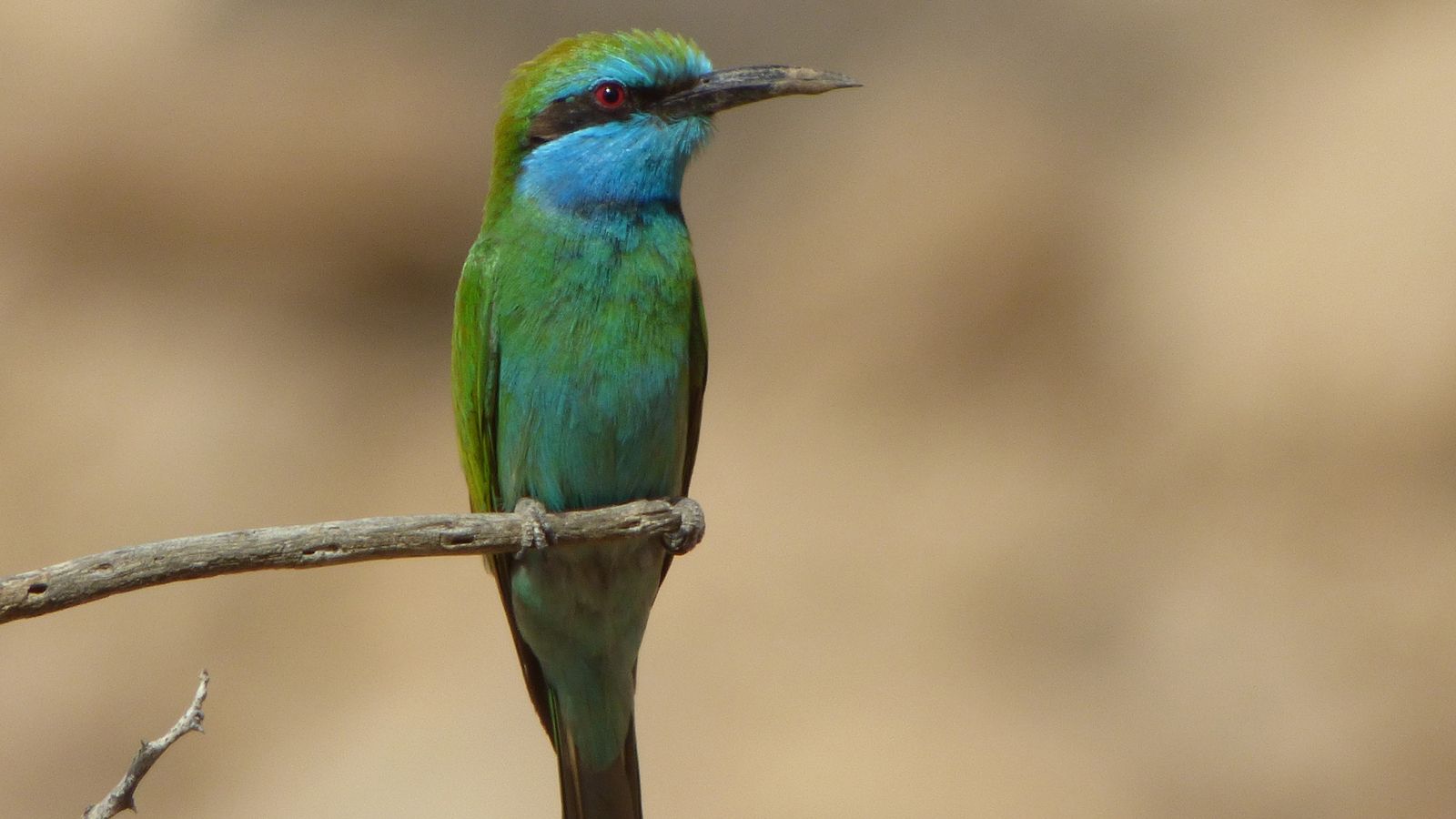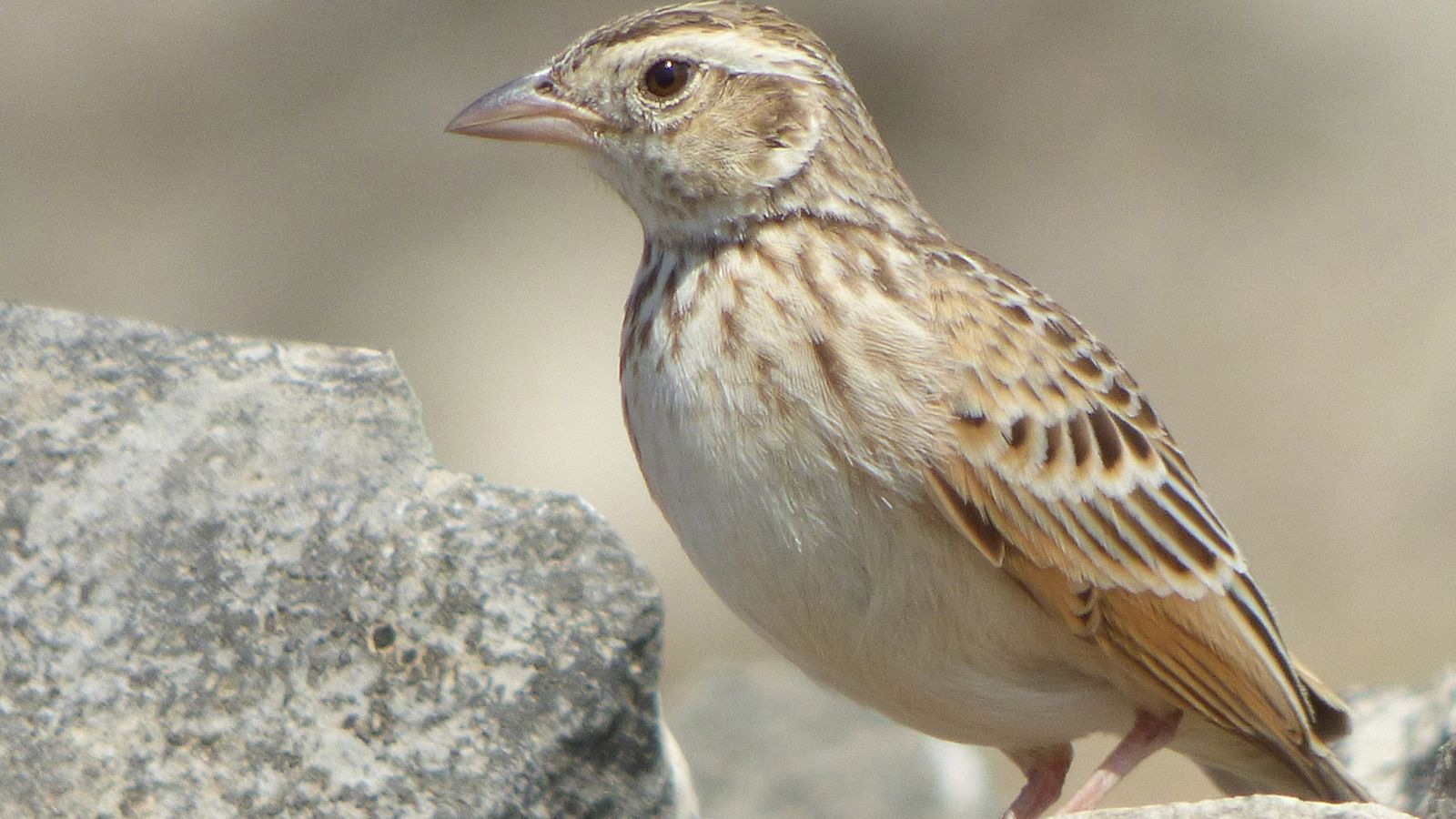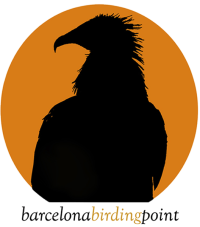Oman, link between two continents


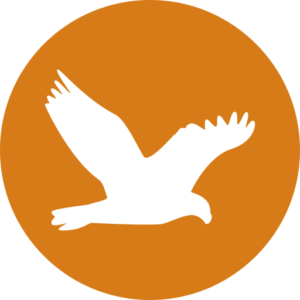

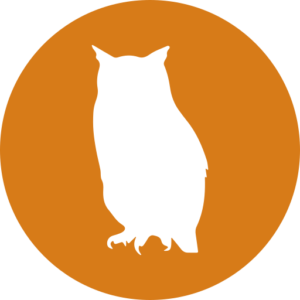




Overview
The Califate of Oman is, by far, the most estable and open-minded nation within the Arabian Peninsula, an area of the world that is often referred by its religious extremism and oppresion against minorities of all kind. Bordering in the south on Yemen, in the northwest on UAE, and in the west on Saudi Arabia, Oman is a country of large deserts where most of the population concentrates in the mountainous North, with its coastal strip of oases and lagoons, and in the Southern Dhoffar region.
This area of the world has been a natural “bridge” between Asia and Africa for thousands of years. Nowadays we find an extremely atractive combination of bird endemics from the Arabian Peninsula plus several overwintering Asian species (coming from Iran to India) and a selected core of species that once colonised the region from the Horn of Africa.
The tour shall start at Muscat, the rich but not opulent omani capital city. A pair of days of birding around the town would allow us to search some key species including Indian Silverbill, Oriental Honey-Buzzard, Pallid Scops Owl and Arabian Babbler while enjoying the excellent array of birdlife concentrated in the local wetlands and that may include everything from Palla’s Gull and Pin-tailed Snipe to White-tailed Lapwing and Indian Pond Heron.
A visit to the impressive Hajar Mountains shall allow us to contact with the really unknown Omani Owl (firstly thought to be a new species, but now considered to be conspecific with Hume’s Owl in Southern Pakistan!), counting ourselves lucky if de can enjoy such an enigmathycal species! Meanwhile we will search for a different set of specialities from Lapped-faced Vulture to Plain Leaf Warbler, and from Hooded Wheatear to Eversmann’s Redstart.
From Muscat we will drive Southwards to a stripe of coast North of Duqm. Here we will be in search of the iconic Crab Plover while enjoying the thousands of waders, gulls and terns attending the low tides. We will keep moving South and our journey through deserts that shall provide us with first views on a good variety of birdlife, from Asian Desert & Ménétries’ Warblers to Greater Hoopoe & Black-crowned Sparrow Larks.
Once arrived to Salalah, our five long nights stay will enhance our list to over 220 species including several top targets such as Grey Hypocolius, Arabian Scops Owl, Jouanin’s Petrel, Arabian Wheatear, Yemen Serin, Arabian Warbler, Nile Valley Sunbird and Arabian Golden-winged Grosbeak. The Dhoffar Mountains are a really special place. In summer, when the mist comes from the Arabian Sea, a green carpet covers these hills and tens of streams run down the slopes. The landscape becomes so evocative that Arabs consider this as the “Arabic Ireland”. But in winter the slopes of decideous trees and the plateaus covered by dry pastures host a wide variety of African birdlife from African Paradise Flycatcher to Blackstart, and from Bruce Green Pigeon to Abyssinian White-eye.
Salalah is also known for the huge concentration of Steppes Eagles that overwinter here. And along with them, Imperial and Greater Spotted Eagles, and Abdim’s Storks. The Dhoffar Mountains are a really incredible place. In their wetlands we expect to find from Cotton Pygmy Goose to Pheasant-tailed Jacanas, with good numbers of Terek & Temmicks Sandpipers overwintering plus some Long-toed and Broad-billed Sandpipers.
After an internal flight from Salalah back to Muscat, our journey will end with an extra night in Muscat before our guests can fet their flight back home.
Tour leader
Carles Oliver has been birdwatching long in both the Middle East and the Horn of Africa. This Will be his fourth visit to Oman, expecting to organise a tour to neightboring Yemen as soon as this country finds its path into peace.
A book to help you understand Oman: “Celestial Bodies” (2010) by Jokha al-Harthi (1978-)
Pláning
Day 1. During the day all tour participants will fly into Muscat for an evening, welcome meal in a previously selected hotel in Muscat. If chosing the inflight options we will assemble at Barcelona International Airport. If flying your own into Oman, a shutle transport will pick up you from the airport to our accommodation in the city.
Day 2. First birding of the tour. Morning birding in Al Qurm Park and other natural sites in the city. The list can include birds as good as Marsh Sandpiper, Arabian Bee-eater, Clamourous Reed Warbler, Indian Roller, Red-tailed Shrike, Purple Sunbird, Indian Pond Heron, Indian Silverbill, Greater Crested & Lesser Crested Terns, Palla’s Gull, Oriental Honey-Buzzard, Red-vented Bulbul and Grey Francolin among many other. We will spend the afternoon in the massive mountains & cliffs at the background of Muscat. Here we will look for Hume’s & Persian Wheatears, Plain Leaf Warbler, Striolated Bunting as well as Egyptian & Lappet-faced Vulture. Here is also a place to look for the Palestine Rock Pigeon, a real wild race of the urban Feral Pigeon. Despite all of this, the main attraction of the area will be to look for the recently discovered Omani Owl, a poorly known bird inhabitating these mountains.
Day 3. Morning birding in Al Ansab Lagoons, one of the best locations to try to see the scarce White-tailed Lapwing along with a good variety of wildfowl including Greater Flamingoes, Ruff, Western Reed Egret and many more. Driving West we will explore different areas with good chances for Namaqua Dove, Hume’s Whitethroat, Isabelline Wheatear and Arabian Babbler. In the afternoon we will explore the mangroves near Al Liwa, where we will look for the endemic kalbaensis race of Collared Kingfisher, a highly endangered race and a potential split.
Day 4. Early morning birding in Muscat before transfering South. We will spend some hours exploring the highlands of the Al Hajar mountains looking for Lappet-faced Vulture, Eversmann’s Redstart, Rufous-tailed Rock Thrush, Hume’s & Variable Wheatears and Streaked Scrub Robin. The slopes provide awesome views on the impressive geology of the mountains while driving up the lanes. In the afternoon, transfer to our accommodation in Duqm with a stop to enjoy a good variety of waders in our first exploring of a sea mudflat.
Day 5. From Duqm, we will explore the coastline, where massive intermareal flatlands host a wonderful variety of waders. Here we will look for a wide variety of waders including Lesser & Greater Sand Plovers but also Broad-billed Sandpiper, Kentish Plover, Great Knot and the wonderful Crab Plovers. The area is famous for hosting about 1 million waders in winter! Along with them we may enjoy other birds including Sooty, Steppe, Slender-billed, Heuglin’s & Caspian Gulls, White-checkeed & Caspian Terns and several more. In our way we will already have firsts chances for desert birds including Desert Wheatear, Southern Grey Shrike (aucheri), Brown-necked Raven or Black-crowned Sparrow Lark among other.
Day 6. This day we will drive South from Duqm to Salalah. During the morning we will explore areas looking for more desert birds including Greater Hoopoe Lark, Cream-coloured Courser, Desert Wheatear, Chestnut-bellied Sandgrouse and Asian Desert Warbler. Once arrived close to Salalah we will spend the afternoon in a forested valley. Here we will have a first contact with the wonderful Dhoffar Massif. The area, carpeted with deciduous trees, is home for a number of top target birds. Here we will look for Cinnamon-breasted Bunting, Abyssinian White-eye, African Paradise Flycatcher, Blackstart, African Silverbill, Palestine & Shining Sunbirds and Arabian Warbler. Here we will also check the sky as Verreaux’s or Golden Eagles are both possible. Black-crowned Tchagra, Arabian Partridge and Arabian Golden-winged Grosbeak are all possibilities here!
Day 7. Today we will explore the Raysut area. This area had become famous due to the huge amount of raptors that overwinter here. There are literally hundreds and hundreds of Steppe Eagles that mainly feed in the rubbish dump providing wonderful looks as they keep moving around the area in small flocks of tens of birds. Along with them we will look for Greater Spotted Eagles and Eastern Imperial Eagles, also present but in smaller numbers. The area is also hosting an overwintering population of Abdim’s Stork, and Black-eared Kites may be also seen. A number of lagoons Will provide excellent birding close to the city. Here, a massive number of species can be expected including good chances for Citrine Wagtail, Rüppell’s Weaver, Pheasant-tailed Jacana, Temminck’s Stint, Intermediate Egret, Cotton Pygmy Goose, Indian Pond Heron, White-winged Black Tern, Terek’s Sandpiper, Saunder’s Tern, Western Osprey, Pacific Golden Plover among other species. If lucky, we may have scarcer species here including Yellow Bittern, African Sacred Ibis or one of the few Long-toed Stint, White-breasted Waterhen or Pin-tailed Snipes overwintering here.
Day 8. This day we will drive up to the Dhoffar Massif. Here we will spend the morning looking for Yemen Serin, one of the most scarce birds in the region. The landscape around is also great for other birds including Singing Bush Lark, Long-billed Pipit, Cinnamon-breasted Bunting, Tristam’s Starting but also Arabian & Hooded Wheatears. Raptors are a common view here and we may have Montagu’s Harrier, Short-toed Snake Eagle but also Eurasian Griffon Vulture, Eastern Imperial Eagle or Bonelli’s Eagle flying around! Later in the morning we will explore some cliffs hosting Verreaux’s Eagle and Tristam’s Starling as well as having a wonderful view over the Salalah Plain! Late in the afternoon we will go for some urban birding in Salalah. Here we may have Indian Pond Heron, Citrine Wagtail and Isabelline Wheatear but also Spotted Thick-knee and Bruce’s Green Pigeon!
Day 9. Early morning start to catch up with an offshore trip out of Salalah. During the trip we expect to have good views on some really interesting species including the endemic Socrota’s Cormorant, Jouain’s Petrel and Persian Shearwater. Masked Booby, Red-billed Thropicbird and Red-necked Phalarope are all possible! The offshore is also providing with good chances for Green Sea Turtle and groups of Indo-Pacific Bottlenose Dolphins at close range. In the afternoon we will drive North to explore some rocky scarpments looking for the very scarce Desert Owl. Along with it we may have other interesting birds such as Arabian Wheatear or Striolated Bunting.
Day 10. Early morning start and transfer to the desert to explore a number of oases. There we will look for the iconical Grey Hypocolius along with other really interesting birds including Chestnut-bellied & Spotted Sandgrouses, Nile Valley Sunbird, African Collared Dove and Blackstart. Grey Hypocolius is an overwintering visitor to the area with small numbers visiting Oman in winter. During the day we will also explore a number of fern farms in the desert, likely to attrack a good variety of birds in winter but, since crops tend to be abandoned after few years (the soil is poor), these locations tend to be highly variable. Species such as Pied Wheatear or Tawny Pipit are likely. After some rest in our accommodation we will go for a nocturnal trip to look for Arabian Scops Owl close to Salalah.
Day 11. Morning birding around Salalah. We will spend some time in the formerly excellent fern ferms in the town. In the past, they used to attrack Demoiselle Cranes and Sociable Plovers along with other goodies. Today, they seem less attractive for those species. Still, Singing Bush Larks and Yellow-billed Kites are possible there. We will also explore nearby areas looking for Arabian Golden-winged Grosbeak. Grey-headed Kingfisher & Namaqua Dove. At midday flight from Salalah back to Musqat, arrival to our accommodation in the capital city and eventually some birding in the afternoon before ending our tour with dinner at our accommodation!
Day 12. Morning transfers to the airport to start the way back home for all tour participants.
Información adicional
WHAT’S INCLUDED
11 nights of accommodation in twin/double room, breakfasts, lunches and evening meals, birding guides, ground transport, boat tickets, reserve entrances/fees and travel insurace, internal flight Salalah/Musqat. All prices include VAT.
NOT INCLUDED
Visa into Oman; Alcoholic and soft drinks during the tour; any other item not listed as “INCLUDED”.
ASSEMBLING
Tour participants not attending our inflight option will assemble in Al Murooj Grand Hotel in Muscat for an evening meal.
ACCOMMODATION
Only 3 accommodations along the itinerary. Al Murooj Grand Hotel (3 nights). Hotel in Duqm: Duqm City Hotel. Hotel in Salalah: Musqat International Hotel Plaza. Evening meals expected always in the accommodation.
WEATHER
Weather in the coast (Northern and Southern) will be pleasant, expecting 25ºC with fresh morning and late afternoons. As soon as going inland temperature will be higher and we will try to avoid central hours of the day in any real desert.
PASSPORT, VISA & HEALTH
US, UK and most European citizens are requested to get into Oman. This Passport should be purchased in the 30 days prior tour arrival to Oman. All Passports must have 6 months validity beyond the return date. There are no special health requirements to attend this itinerary. However, we recommend you to contact your local health authorities to get updated information before travel. You will be required for a International Certificate of vaccination for Yellow Fever if you have been in any infected area during the last five years.
Reportes de viaje:
 2023 Tour Report
2023 Tour Report
Dates: January 15th to 25th, 2023
Number of species seen: 203
Oman Birding Tour 2023 Trip Report
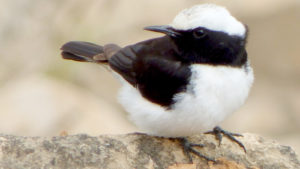 2022 Tour Report
2022 Tour Report
Dates: January 16th to 26th, 2022
Number of species seen: 208
Oman Birding Tour 2022 Trip Report | BirdingBarcelona (elpolitcantaire.com)
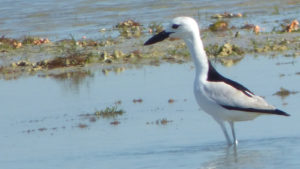 2021 Tour Report
2021 Tour Report
Dates: October 26th to November 4th, 2021
Number of species seen: 205
Oman Birding Tour 2021 Trip Report | BirdingBarcelona (wordpress.com)
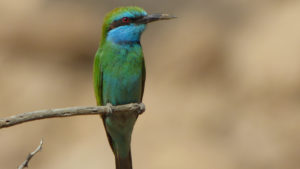 2020 Tour Report
2020 Tour Report
Dates: February 5th to February 14, 2020.
Number of species seen: 194
Oman Birding Tour 2020 Trip Report | BirdingBarcelona (wordpress.com)
 2019 Tour Report
2019 Tour Report
Dates: January 29th to February 7th, 2019
Number of species seen: 210
Oman Birding Tour 2019 Trip Report | BirdingBarcelona (wordpress.com)

Precio

Por persona

Por persona
Suplemento habitación individual:
500€

Depósito:
500€


Próximas Ediciones:
Data inici:
Data fi:

Duración:

Tamaño de grupo:

Inicio/Final:

Tour Leader:





